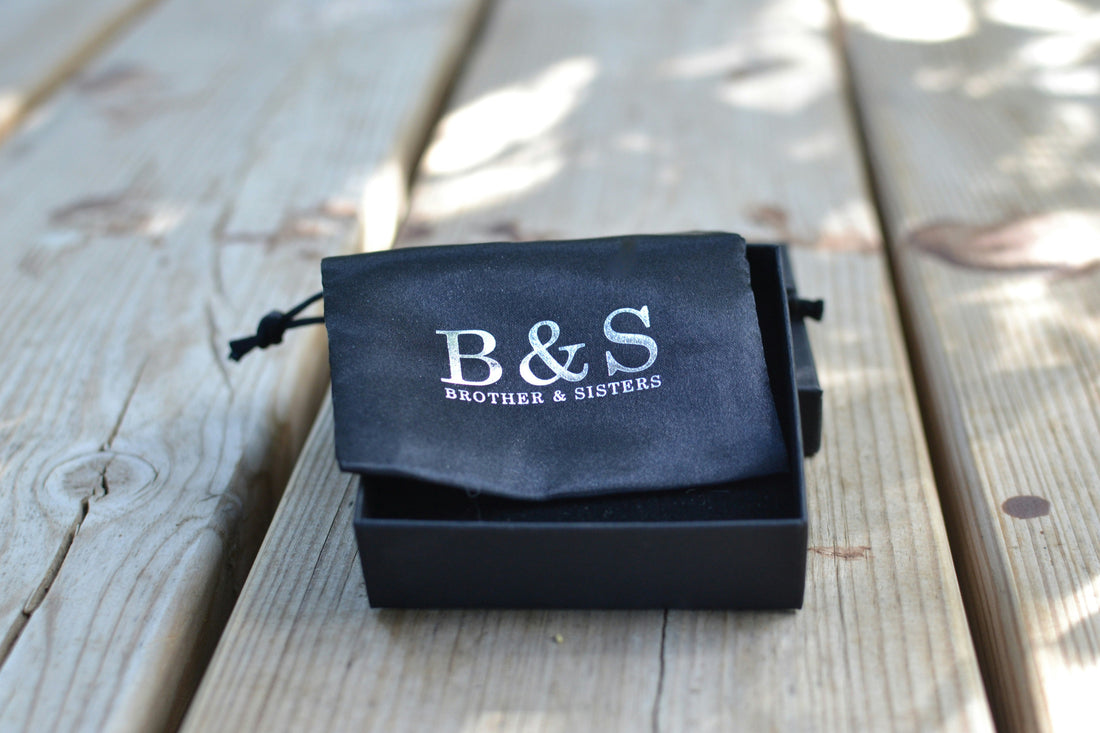
The Word Jewel: An Etymological and Cultural Excavation
Share
The English term jewel is deceptively transparent, evoking immediate associations of brilliance, luxury, and rarity. Yet beneath its polished surface lies a complex linguistic lineage, one that threads through medieval French courts, Latin scribal culture, and even the semantic fields of play, ornament, and value. To understand jewel as a word is to confront not only the shifting registers of language but also the evolving cultural conceptions of wealth, beauty, and permanence.
From Latin Gaudia to Old French Juel
The consensus of philologists places the ultimate origin of jewel in the Latin plural gaudia—meaning “joys” or “delights.” From this plural, a singular form gaudium (“joy”) developed, itself the root of modern Romance terms such as Italian gioia (“joy,” also “jewel”) and Spanish joya. The semantic bridge between “joy” and “precious ornament” is not accidental: in medieval Europe, jewels were not merely material possessions but repositories of affective and spiritual delight. To wear a jewel was to carry joy incarnate, to display material wealth transfigured into emotional resonance.
From gaudia, the Old French joel or jouel emerged around the 12th century. This form was carried into Anglo-Norman, the dialect of French spoken by the elite in post-Conquest England. Thus, in Middle English, we encounter juel or jewel by the 13th century. Chaucer, in The Canterbury Tales, employs the term both in its literal sense—precious stone, ornament—and metaphorically, as a marker of moral or aesthetic perfection.
Italian and Iberian Continuities
Italian retains the direct descendant of Latin gaudia in the form gioiello. Significantly, Italian preserves both the abstract sense (gioia = joy) and the concrete derivative (gioiello = jewel). This duality underlines a fundamental semantic continuity: jewels are material crystallizations of joy. Similarly, in Spanish, joya designates both a gemstone and, metaphorically, a person or object of great value. Portuguese follows the same path with jóia, while Catalan offers joia.
These Romance developments emphasize the emotional dimension of jewels. They are not only economic assets but also affective ones. The etymological trace of gaudia reminds us that jewels were historically tied to joy, festivity, and divine celebration as much as to commerce.
Germanic Divergences
In contrast, Germanic languages developed distinct roots for jewel-related vocabulary. German employs Juwel, borrowed from French in the late medieval period, but also Schmuck, derived from a verb meaning “to adorn.” The native term foregrounds function—adornment—rather than emotional resonance. Scandinavian languages follow a similar pattern: Swedish juvel (a borrowing) exists alongside smycke (ornament, adornment). Here the semantic emphasis shifts from joy to decoration, from inner affect to outer display.
English, by virtue of its hybrid Anglo-Norman and Germanic heritage, preserves both trajectories. Jewel derives from French, but the broader semantic field includes gem, from Old English gimm, ultimately from Latin gemma (“bud, gemstone”). Thus English accommodates both the Romance sense of jewel-as-joy and the Latin-Germanic sense of jewel-as-gem.
Slavic and Beyond
Slavic languages reveal another pattern. Russian драгоценность (dragotsennost’) means literally “preciousness,” while самоцвет (samotsvet) translates as “self-colored” or “native stone.” Polish klejnot comes from Middle High German kleinod, literally “small possession.” In these cases, the semantic field emphasizes rarity, intrinsic quality, or ownership rather than joy. The Romance lineage of gaudia is absent, replaced by conceptualizations of jewels as treasures, possessions, or self-sufficient marvels.
In Persian and Arabic, terms like jawhar (essence, jewel) emphasize substance and essence rather than affect. Jawhar bequeathed words such as aljofar in medieval Spanish, which referred to pearls. Again, the focus shifts: here the jewel is not joy but essence, the innermost reality of a thing.
Cultural Implications
The etymology of jewel thus encapsulates a cultural history. In Romance languages, jewels are crystallized joys, material anchors of delight. In Germanic tongues, they are adornments, outward signs of embellishment. In Slavic traditions, they are treasures and possessions, while in Semitic contexts, they embody essence.
English, with its layered etymology, holds all these nuances at once. Jewel denotes a precious stone, yet still carries the trace of joy; gem invokes natural substance; ornament stresses function. To speak of jewels in English is therefore to move within a semantic palimpsest that fuses affect, substance, and adornment.
Ultimately, the word jewel reminds us that language, like gems, bears its own inclusions, fractures, and facets. Each linguistic lineage refracts a different cultural light—joy, adornment, essence, possession. And it is in these etymological resonances that the enduring fascination of jewels, both as words and as objects, continues to gleam.
At Lisbon Gem Exchange, we see our mission as a continuation of this story. Jewels are not merely commodities: they are linguistic, cultural, and geological witnesses to human history. By curating ethically sourced Afghan tourmalines and other rare stones, we seek not only to trade in beauty but to honor the profound etymological truth embedded in the word itself: that a jewel is joy, essence, and permanence all at once.



